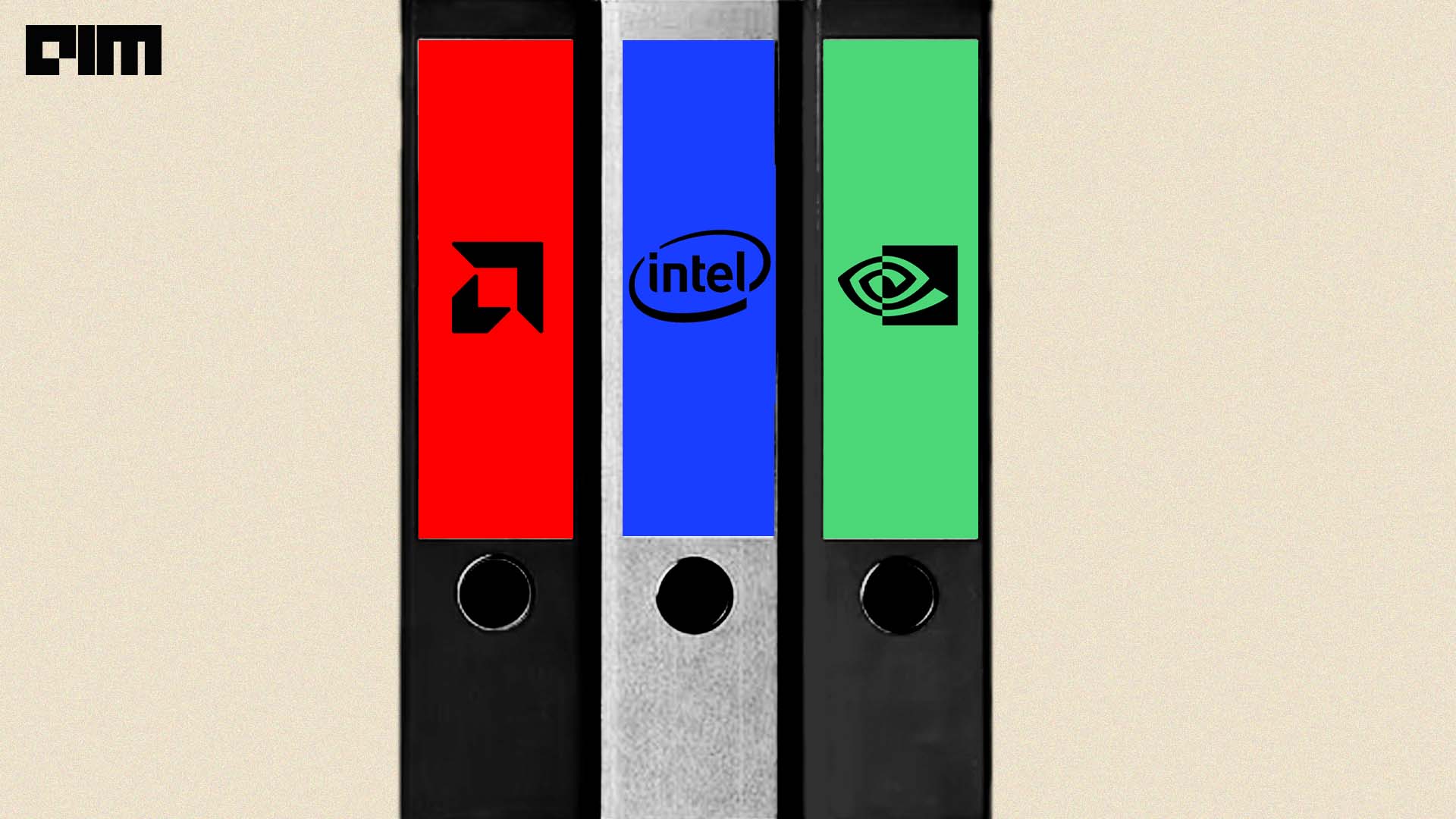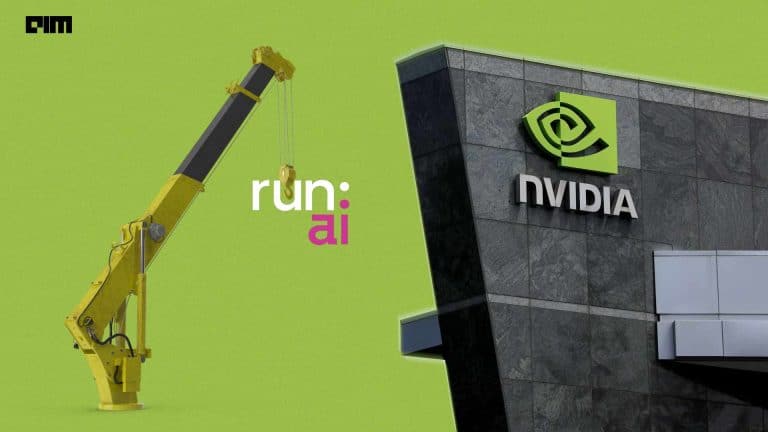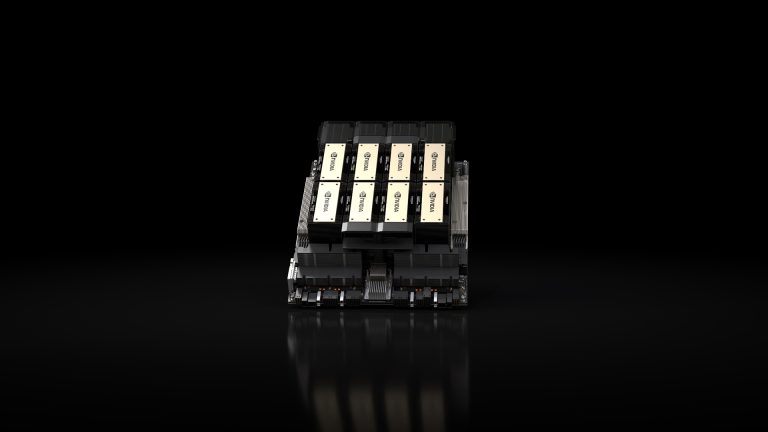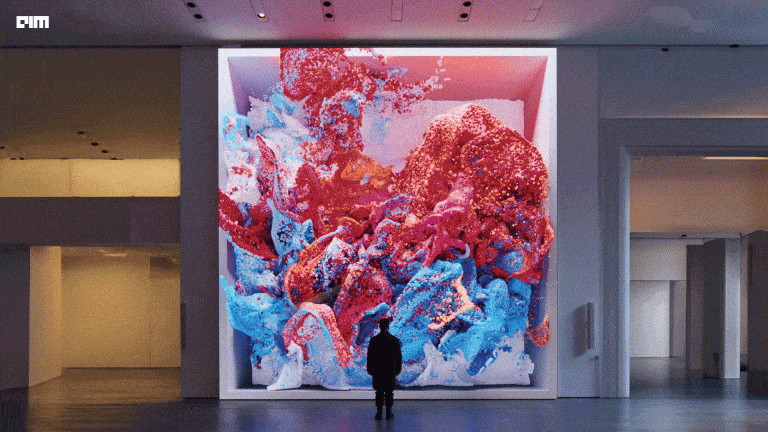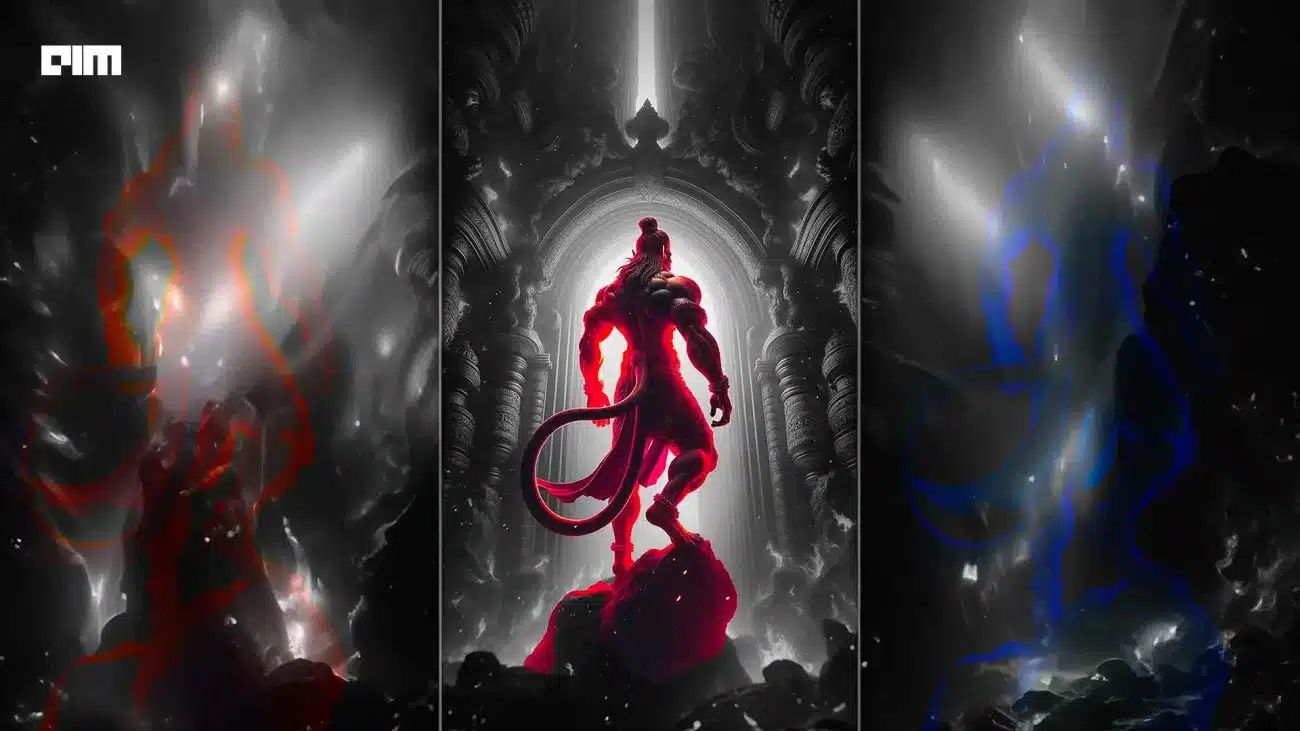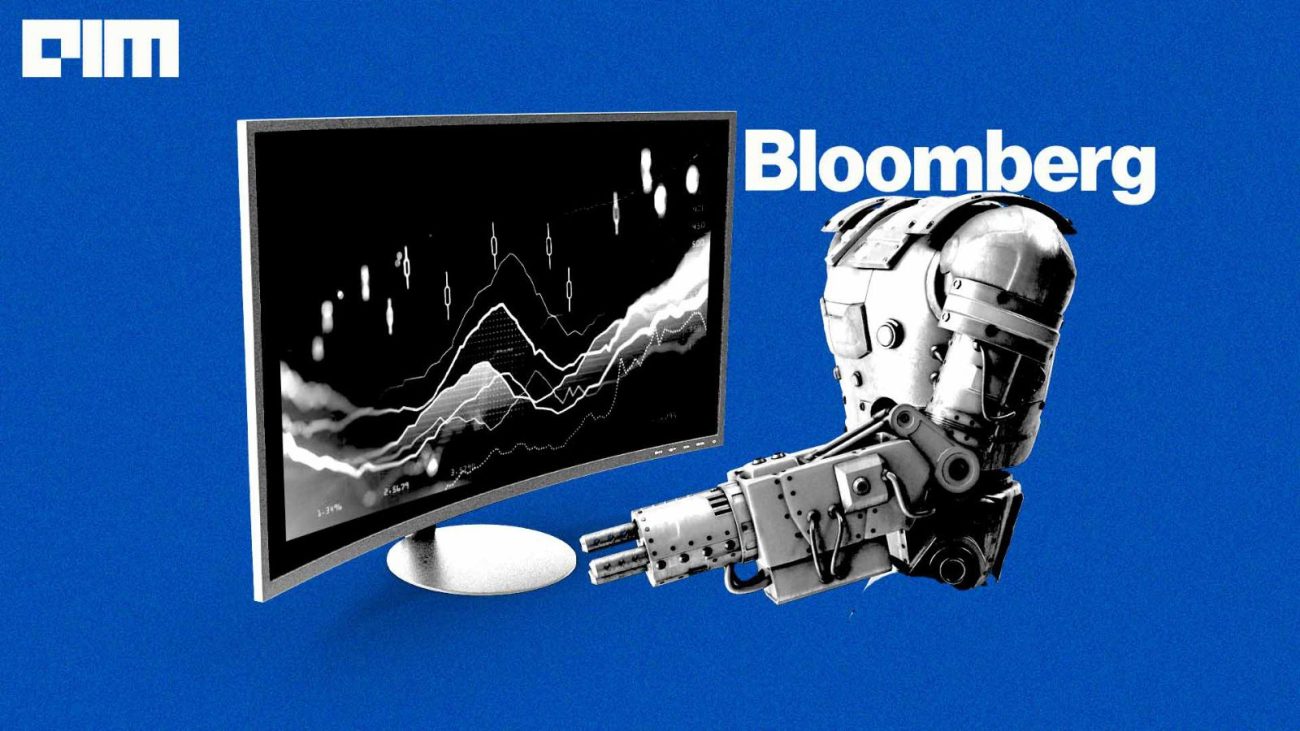|
Listen to this story
|
There have been a lot of leaks and rumours about NVIDIA’s upcoming Blackwell architecture GPUs. According to leaks, the new architecture will have a Multi-Chip Module (MCM) design that will enhance the performance of the processor.
While the exact specifications and capabilities of Blackwell GPUs are still shrouded in mystery, a serial hardware leaker with username kopite7kimi on X has shed some light on what we can expect.
I think Nvidia has no other choice.
— High Yield (@highyieldYT) September 19, 2023
kopite7kimi suggests that the GB100 High-Performance Computing (HPC) chip within the Blackwell architecture will be based on an MCM design. This means that instead of relying on a single monolithic die, the GB100 will comprise multiple chiplets working in unison. While GB100 is for data centres, the same MCM design will also be implemented in GB200, which is a consumer-focused chip for gaming products, which would be used for NVIDIA’s next flagship RTX50 gaming GPU.
This is not the first time that NVIDIA is rumoured to be releasing a MCM design chip. The Grace Hopper 100 (GH100) was also expected to have an MCM design, but it came with a monolithic architecture again.
How is NVIDIA doing this?
The MCM approach involves integrating multiple chiplets into a single GPU package, allowing for enhanced performance and scalability. NVIDIA’s decision to explore this design is a significant departure from their traditional monolithic GPU approach. All of this is expected to start with the GB100 HPC chip, which was expected to launch in 2026, but is now anticipated even earlier, by the end of 2025.
The motivation behind this shift is clear: to unlock greater performance potential. Monolithic GPUs are limited by the physical constraints of fabrication processes, which dictate a maximum die size. With transistors becoming increasingly difficult to shrink further, the only option for boosting GPU performance is to create a larger chip.
This is where chiplets come into play. By dividing a GPU into smaller chiplets and connecting them via interconnects, a single GPU can effectively operate as a larger unit than the manufacturing process would traditionally allow. This approach offers the potential for significant performance gains, addressing the challenge posed by the end of Moore’s Law—the prediction that transistor density on a chip would double approximately every two years.
But here is another rumour that is going to make NVIDIA’s shift a little interesting.
Another X user named Revegnus shared a rumour that NVIDIA is also testing out Samsung’s 3nm chip. It suggests that NVIDIA might be using these for building the MCM design chips. These could also be in mass production in 2025. Though people argue that TSMC’s 5nm chip is better than Samsung’s 3nm, the MCM design is still going to benefit from the smaller size, and make a bigger overall architecture.
Blackwell on SS 3GAA then?
— Donald Kerner (@donaldave20051) September 18, 2023
Multi-chiplets for the future
It is important to note that NVIDIA is not the first player in the GPU industry to explore MCM designs. Both AMD and Intel have already made significant strides in this direction, reaping the benefits of increased performance and scalability. AMD, in particular, has seen remarkable success with its Ryzen processors and Radeon graphics cards, which employ chiplet architectures, and also with Instinct MI300.
If NVIDIA adopts the MCM design for its Blackwell architecture, it could signify a transformative moment for the GPU industry. Notably, this transition is not limited to the data centre market, as it may also extend to the consumer graphics cards, such as the RTX 50 series, expanding even further in the gaming market with increased performance within smaller form factors.
Although the number of units(like GPCs or TPCs) in Blackwell will not increase significantly, there are significant changes in its unit structure.
— kopite7kimi (@kopite7kimi) September 18, 2023
Though, the same hardware leaker said in another post that there is not going to be an increase in the core count, only structural improvements will make the difference.
While specific details about the Blackwell GPUs remain speculative, the potential for enhanced performance and scalability through MCM technology is undeniably exciting. NVIDIA’s competitors have already demonstrated the advantages of this approach, making it a logical step for the company to consider, and even a necessary one.
While these developments are still in the realm of rumours and speculation, the precedent set by industry leaders like AMD and Intel suggests that MCM technology holds the key to unlocking unparalleled GPU performance and scalability. For NVIDIA, making the transition to MCM could mark a transformative moment, ensuring that it remains at the forefront of the GPU industry for years to come.


